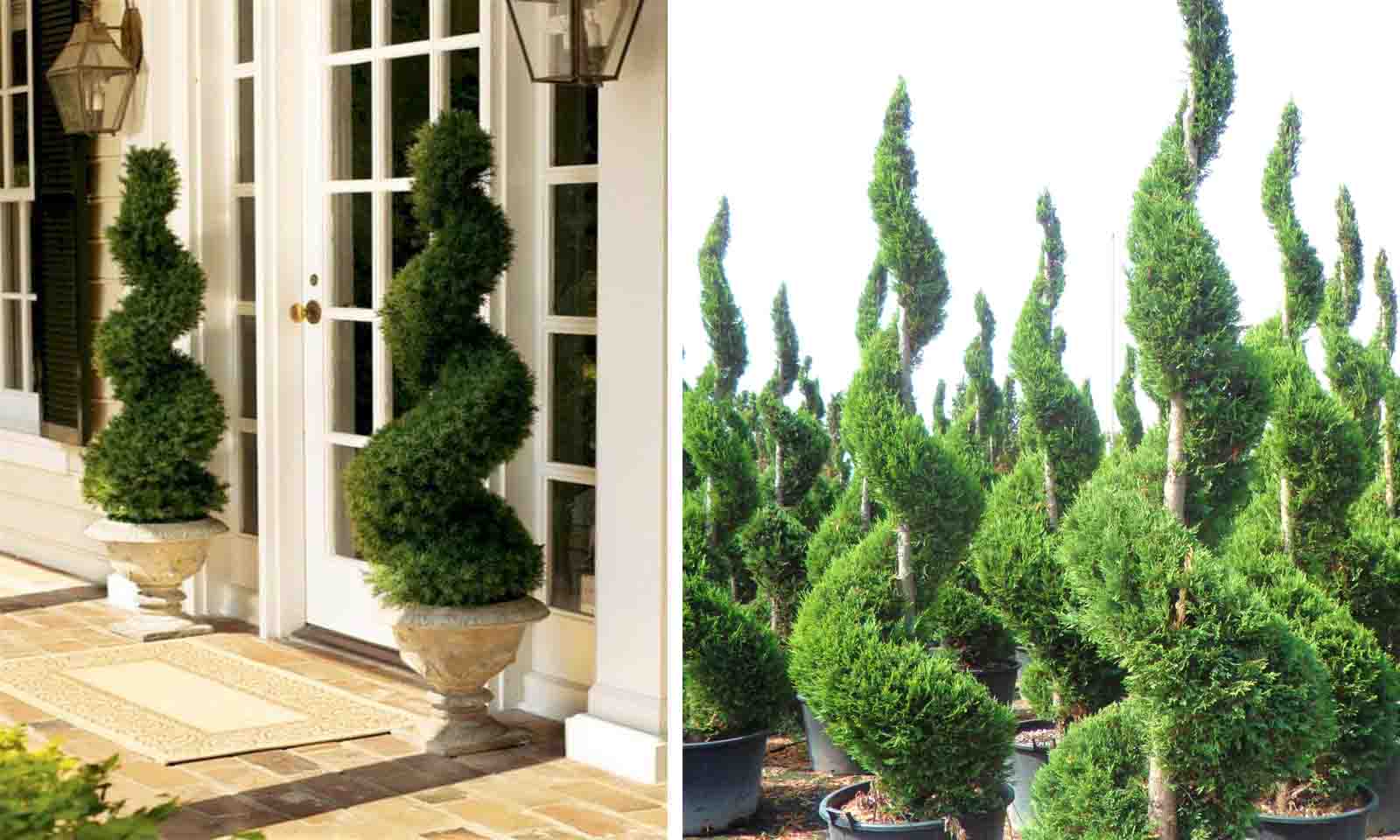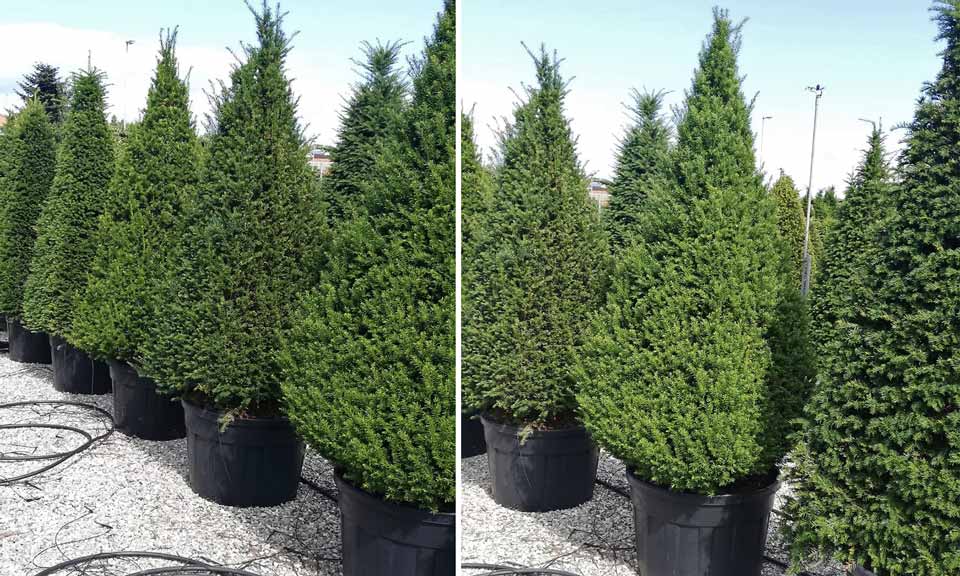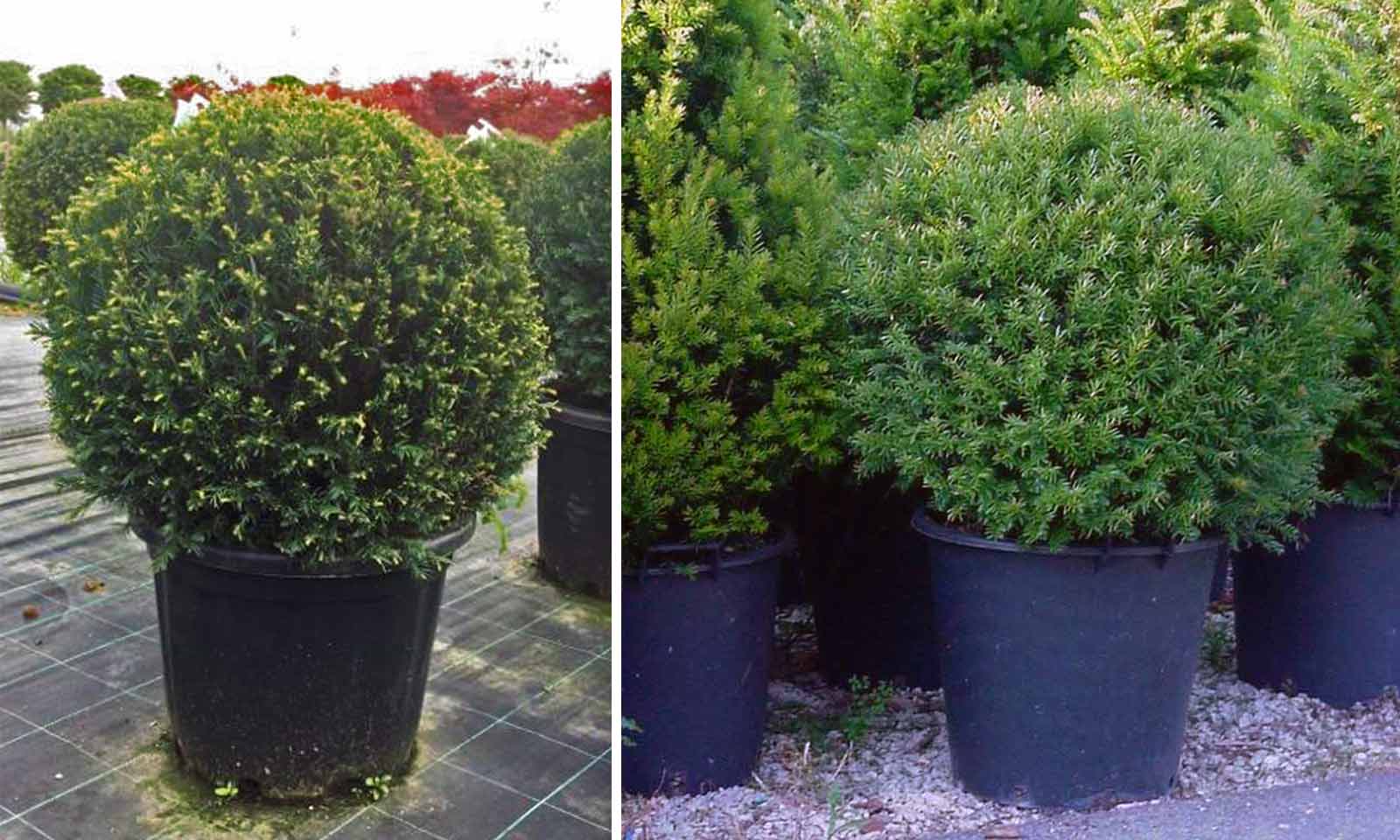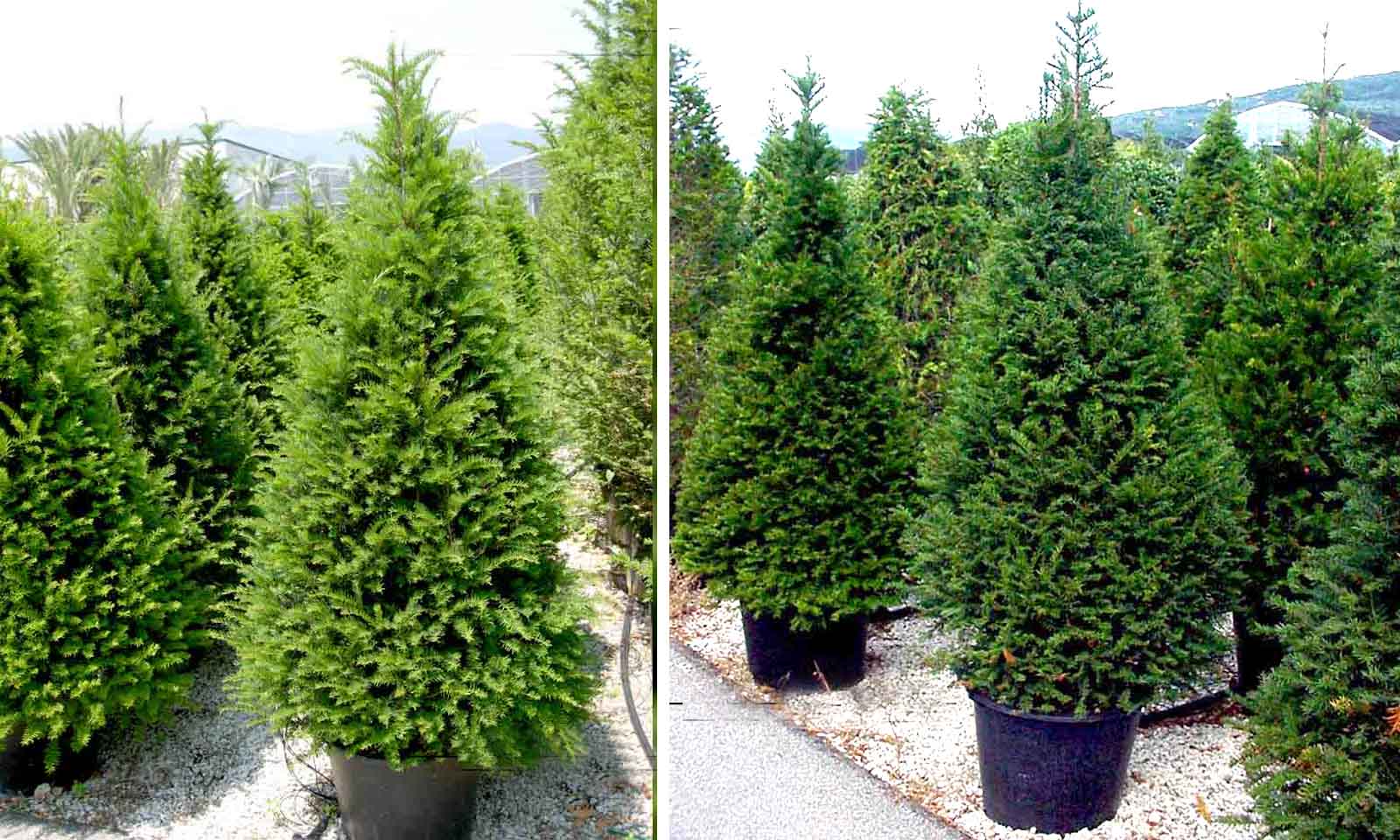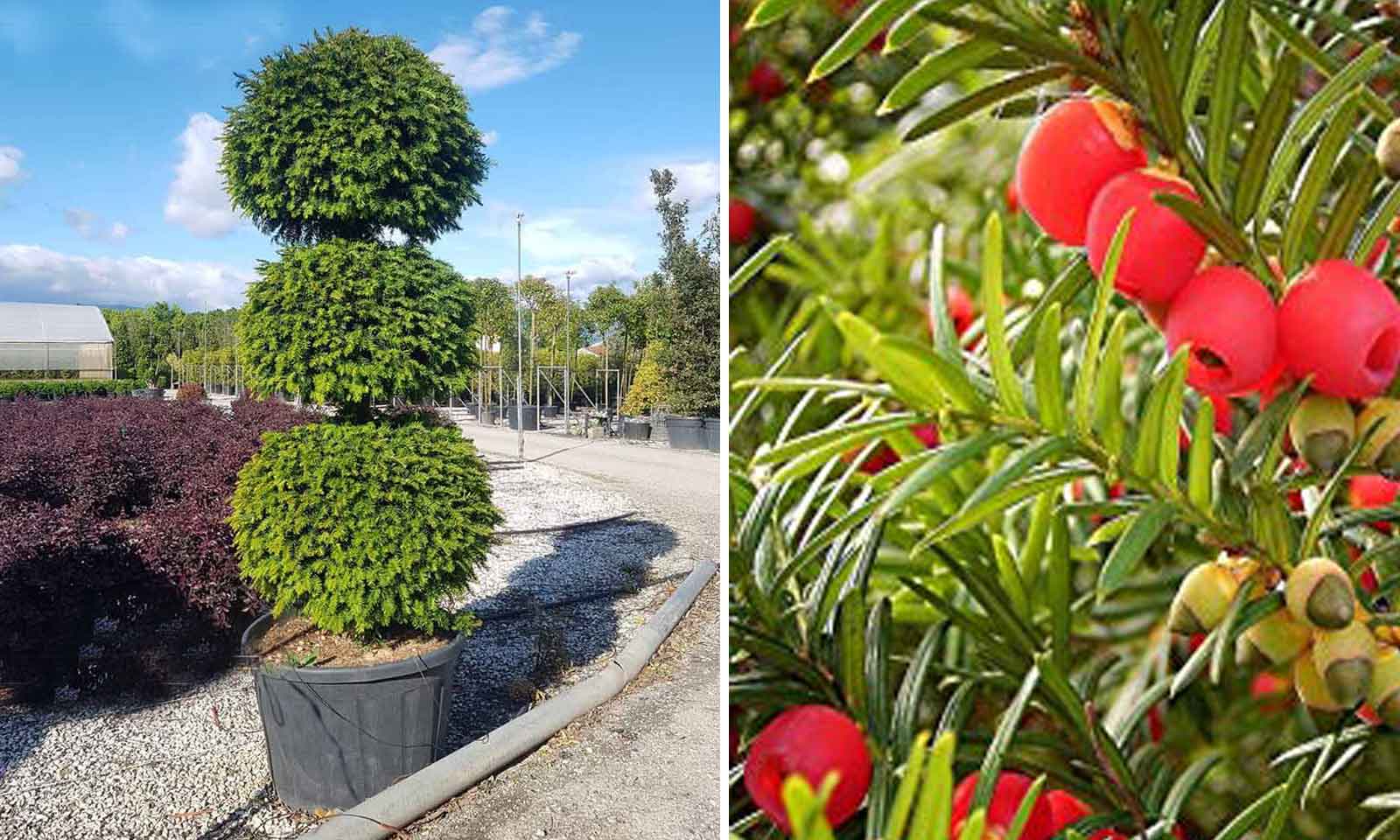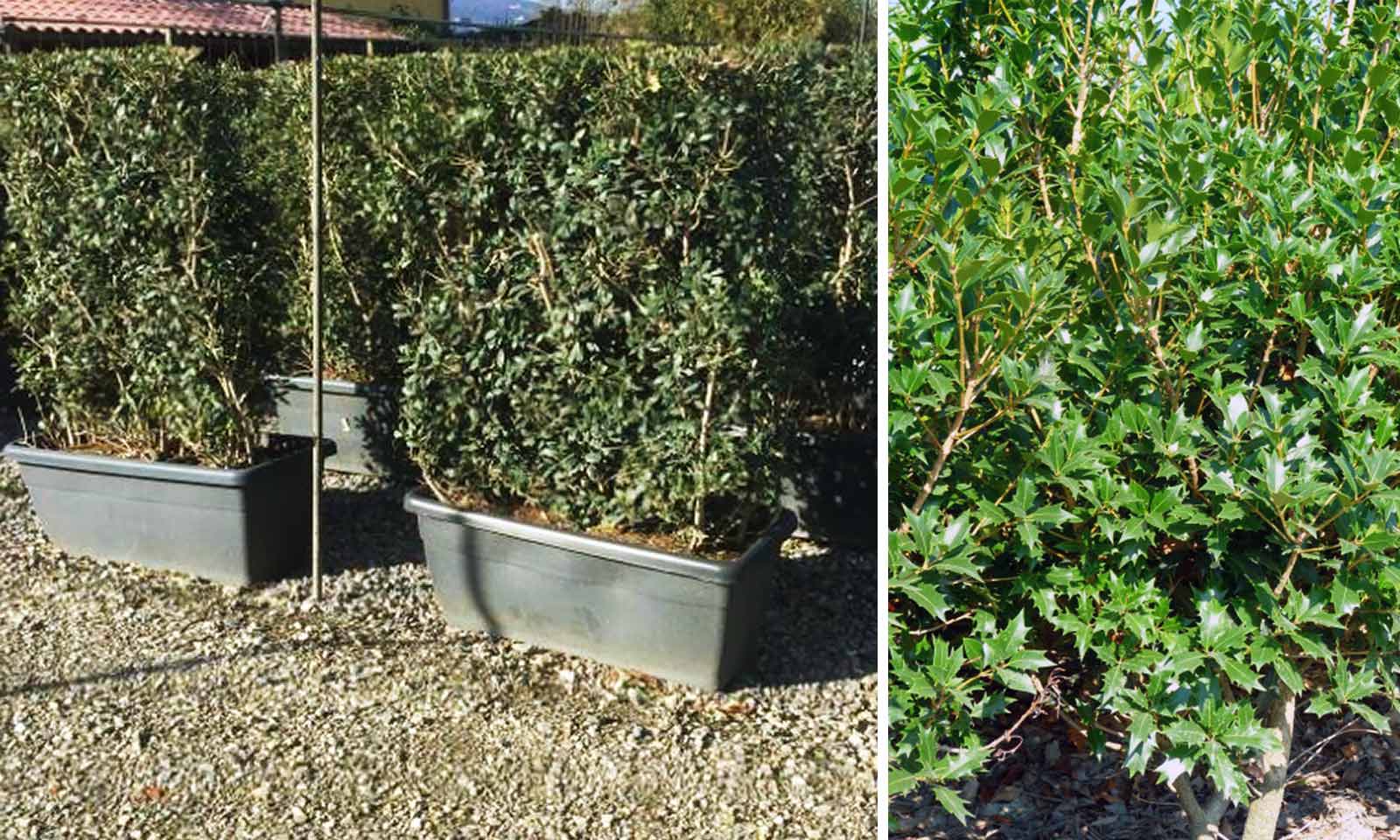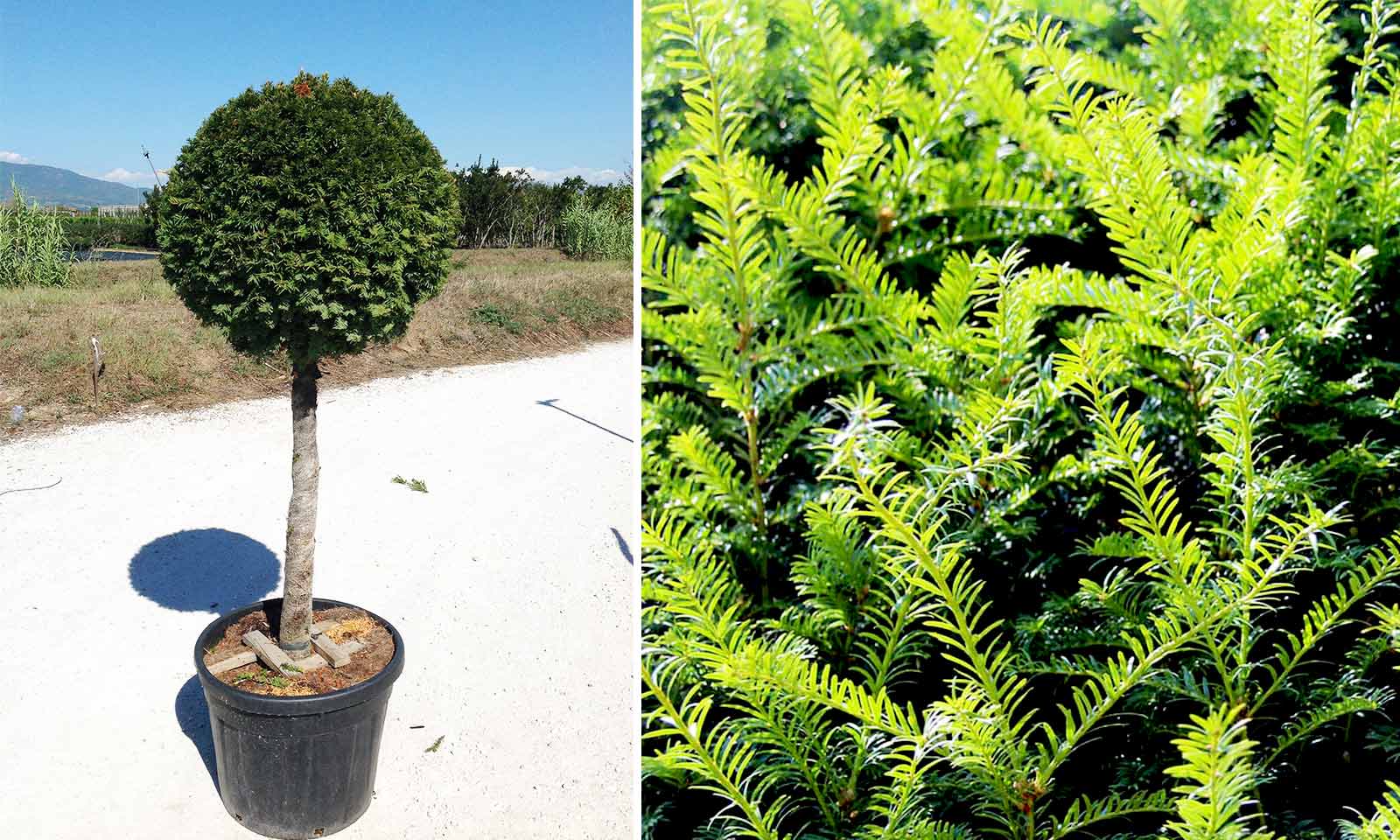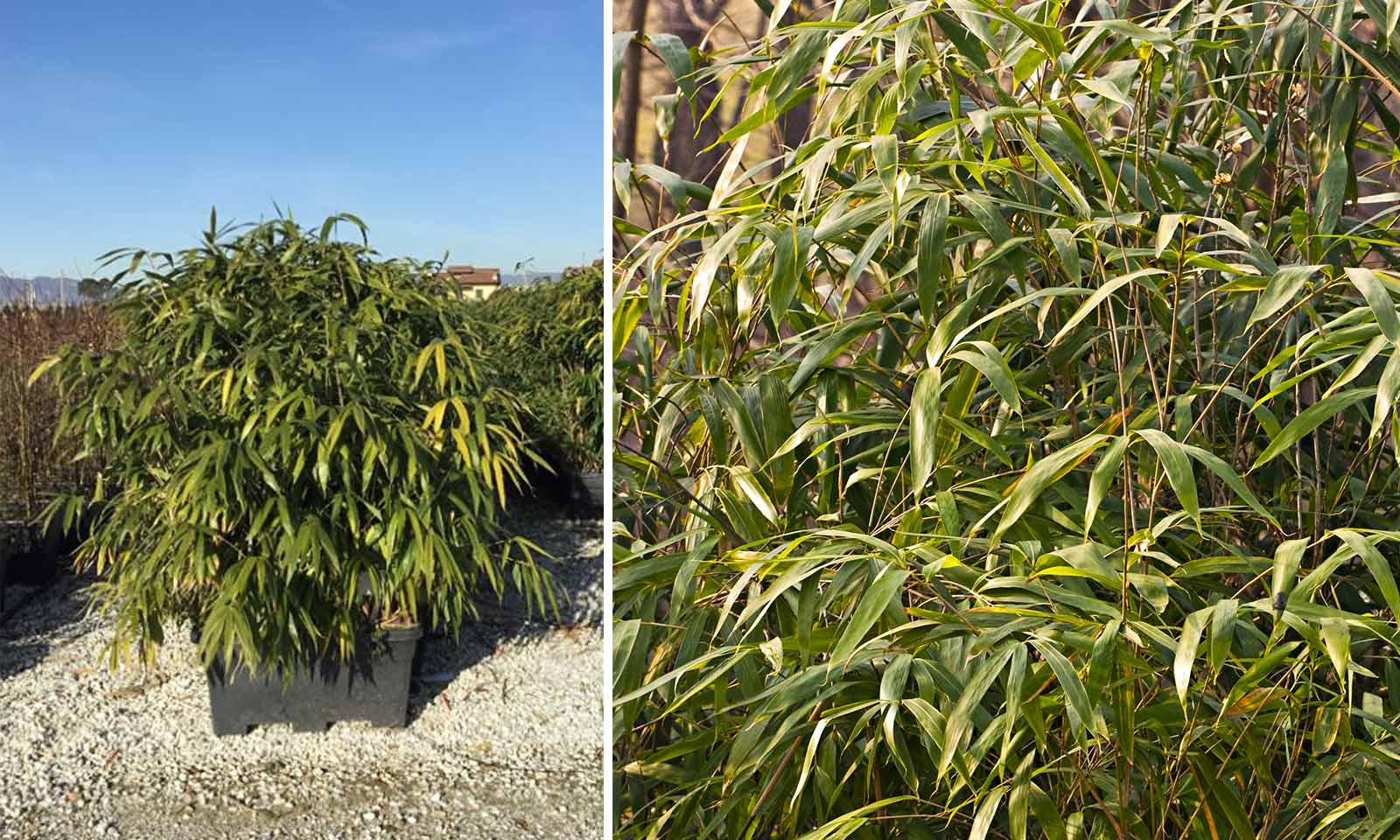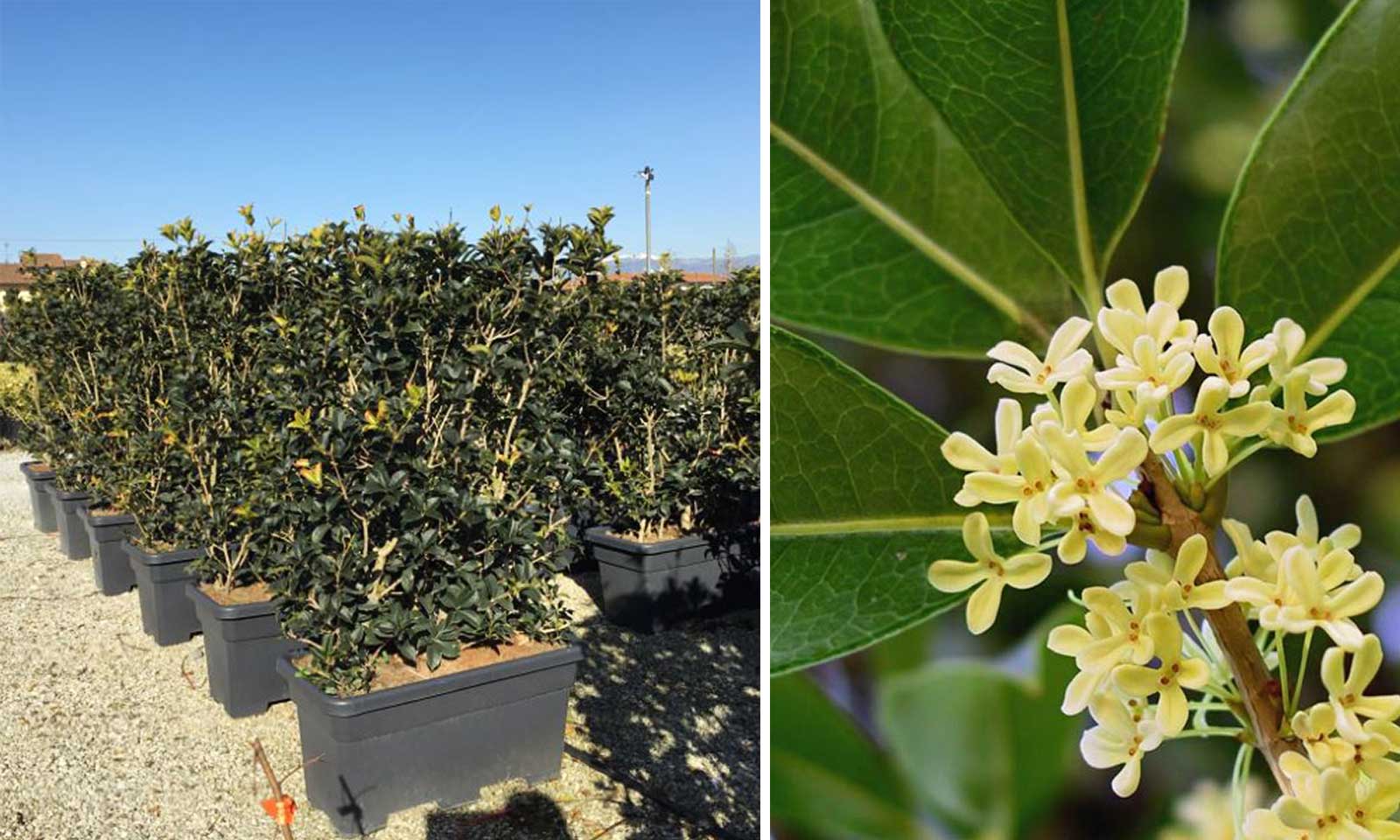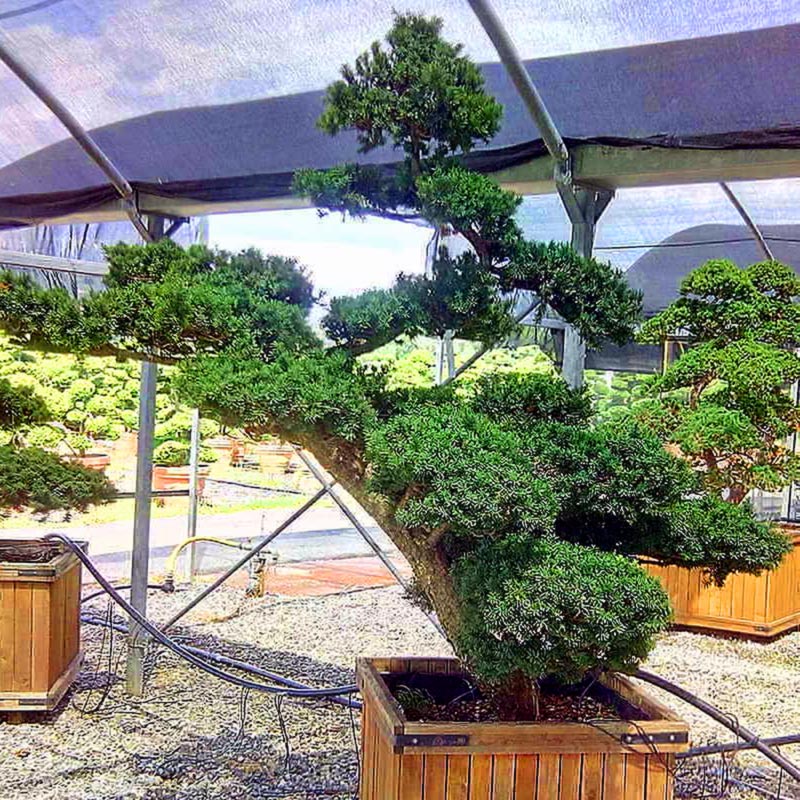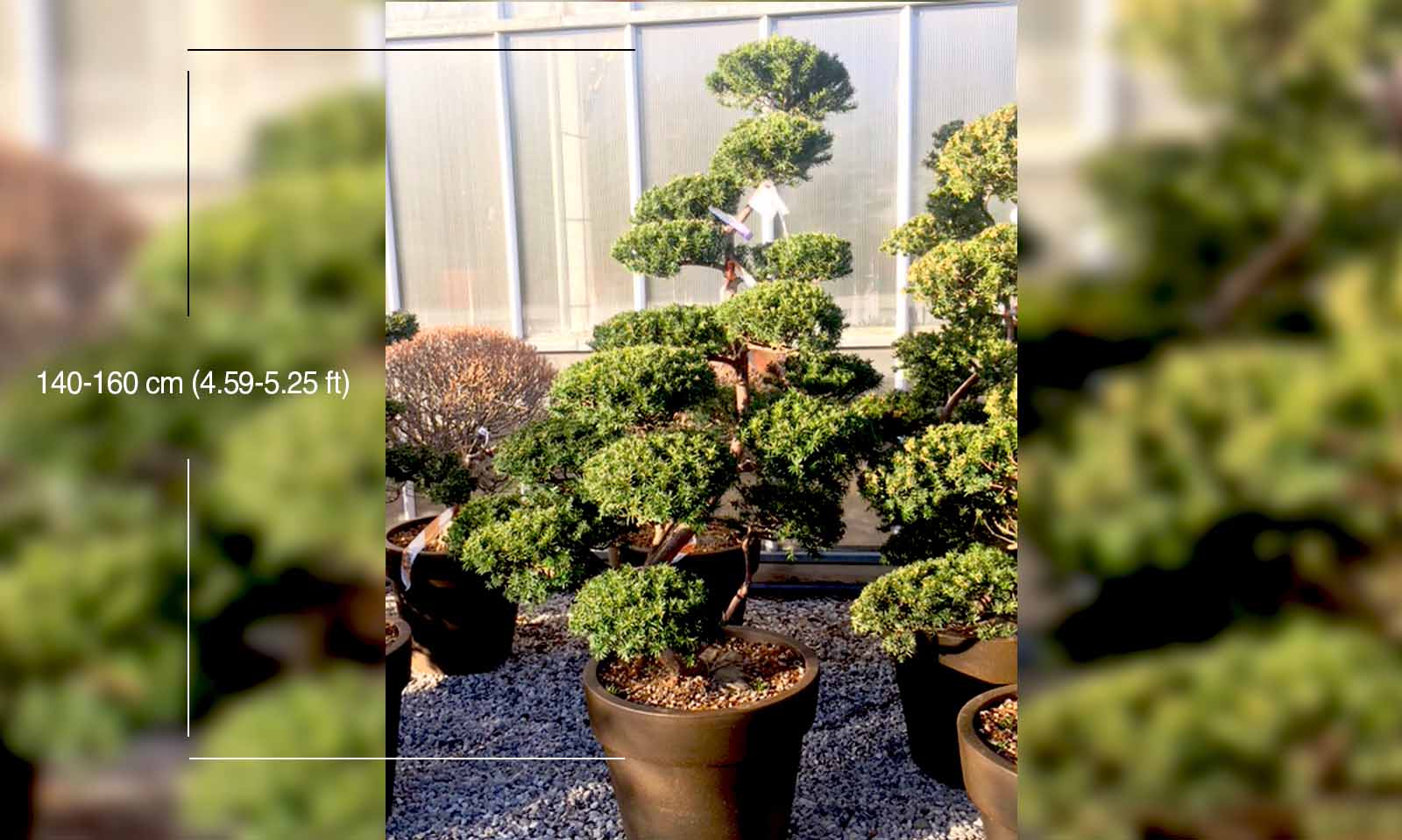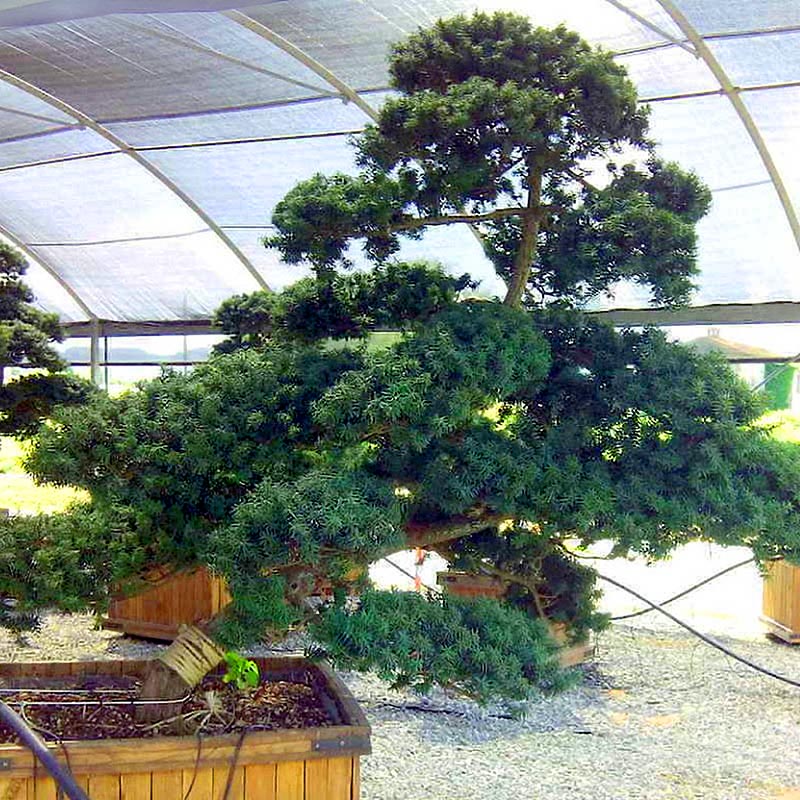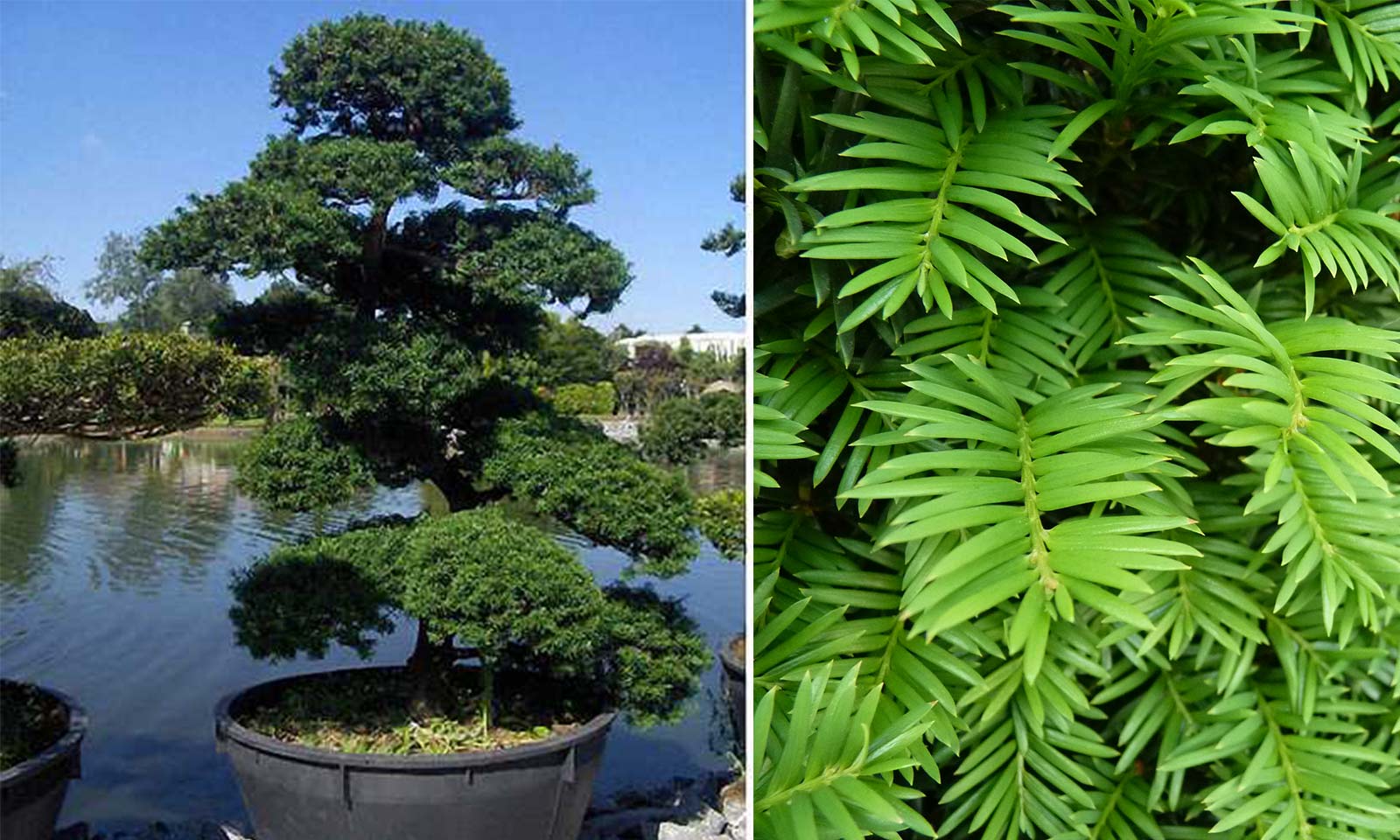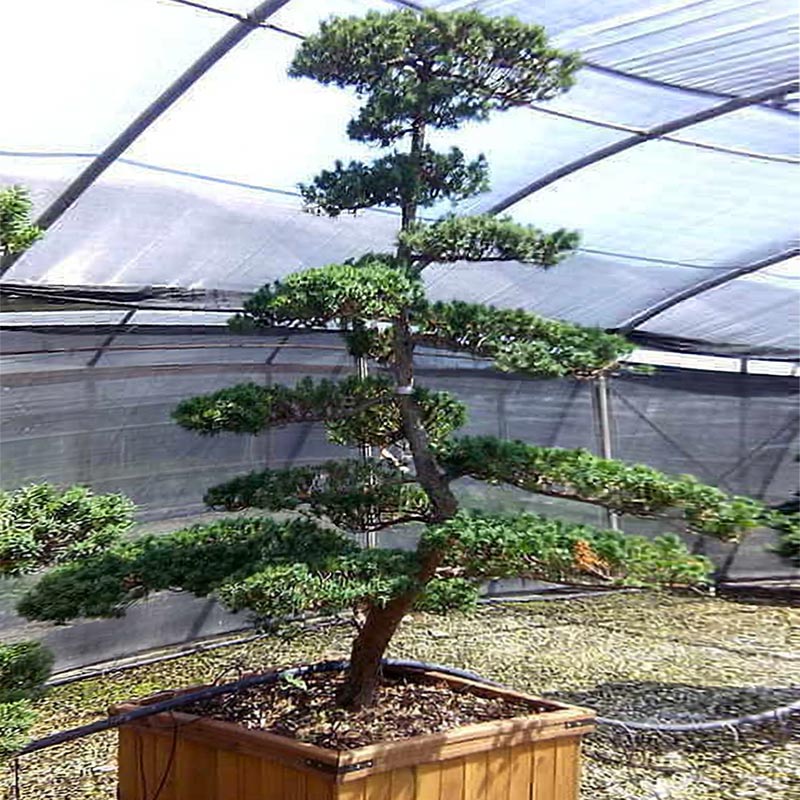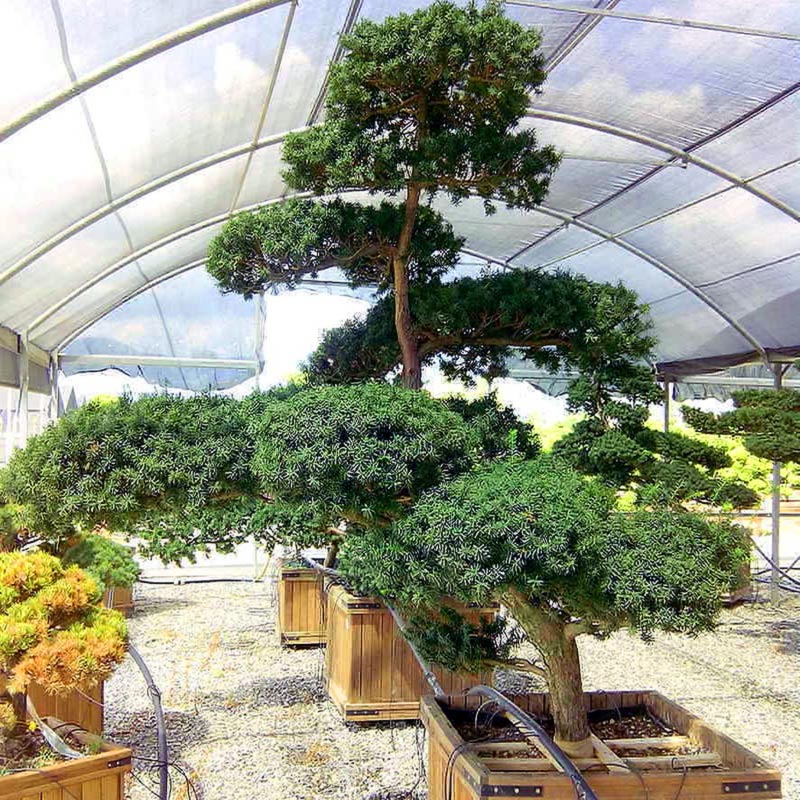
Brand
- string 1.126
- M&S Collection 580
- Nobody's Child 375
- FootJoy 277
- Maroxe 276
- Charlotte Dunes 259
- YouGarden 238
- RampCentre 226
- Loctite 148
- Garden Plants Online 146
- Gemini Interiors 146
- Body by M&S 134
- Schneider Electric 131
- Indexa 124
- MTP Products 119
- BPerfect 117
- Tc 97
- Life Essentials 96
- Outsunny 94
- Slingsby 94
- Nescafe 90
- Pour Moi 86
- Fujifilm 81
- Speedy 80
- Huntingdon Fusion Techniques 78
- Skechers 77
- B by Boutique 72
- Wilson 72
- JAEGER 70
- Harold Moore 69
- VALVOLINE 69
- Beaverswood 68
- Samsung 68
- 3M 67
- Kaitlyn & Co Industries 66
- Savings Store 66
- HMT 65
- Kennedy 59
- Monsoon 54
- Autograph 52
- Energizer 52
- Sealey 51
- Kenco 49
- Lyle & Scott 49
- SOSANDAR 46
- WallpaperMural 45
- Cooper Fulleon 43
- Portwest 43
- Reflex Nutrition 42
- Stormtech 42
- All Things Good 41
- Merkel Designers 40
- M&S SARTORIAL 39
- Mamas & Papas 37
- RO&ZO 37
- Reiss 37
- Craghoppers Expert 36
- Ergomat 36
- HOMCOM 35
- Style and Chic 35
- HOBBS 33
- The Home Maker 33
- White Stuff 33
- Casper Homes 32
- Nobo 32
- Clarins 31
- FatFace 31
- Homcom 31
- Routledge 31
- Everbuild 30
- Fleet & Foster 30
- Vesda Xtralis 30
- Briwax 29
- Reebok 29
- Avery 28
- Clinique 27
- Moonlight Interiors 27
- Steam 27
- Nike 26
- Moon Magic 24
- Miraclesuit 23
- Deemark 22
- Fabufacture 22
- Peel & Paper 22
- SkyVac 22
- Advanced Electronics 21
- Aritech 21
- Canon 21
- Evo-stik 21
- Jabra 21
- Kielder 21
- ScandiFlames 21
- UniBond 21
- Zoro Select 21
- Adidas 20
- Air Jordan 20
- Co 20
- Efectiv 20
- Finery London 20
- Hi-Tec 20
Colour
- Black 1.123
- White 716
- Blue 254
- Green 245
- Grey 217
- Navy 171
- Yellow 154
- Brown 137
- Red 135
- Dark Navy 117
Size
Gender
Merchant
- Zoro UK Limited 3.676
- Marks & Spencer UK 1.911
- My-Deco-Shop 1.126
- Home Done 986
- Suit Direct 864
- Maroxe 498
- Nobody's Child - Cabiro 375
- Click Golf 255
- YouGarden 238
- MyTrendyPhone.co.uk 230
- Gordons Direct 227
- K4G.COM 226
- QD Stores 172
- Acorn Fire & Security 153
- BPerfect Cosmetics UK 151
- Garden Plants Online 146
- Golf Gear Direct 136
- Posted Protein 127
- Plusshop UK [OLD] 101
- Univelve 90
- Cherry Lane 80
- Belveto 76
- Lime Lace 72
- Car Smart 66
- Argento 50
- Onlynaturals 50
- uk.plusshop.com 50
- Lyle & Scott 49
- Kick Game 47
- Workwear Supermarket 46
- WallpaperMural 45
- soghaat.co.uk 45
- Erysta 43
- Craigmore UK 42
- Routledge 41
- Care Lineage 40
- Mobility Smart 38
- best-deal-store 38
- Bioethanol-Fireplace.co.uk 37
- Mskeyify 37
- Donaghy Bros UK CSS 34
- Golden Valley Plants 33
- Seal Medical 31
- Vivomed 28
- Moon Magic 24
- PVC Cladding 24
- Bathshack.com 23
- Peel & Paper 22
- Elizabeth Arden UK 18
- amar.co.uk 17
Price (EUR)
- <5 703
- 5 - 10 579
- 10 - 20 968
- 20 - 50 3.396
- 50 - 100 2.696
- 100 - 200 2.187
- 200 - 500 1.201
- >500 1.623





